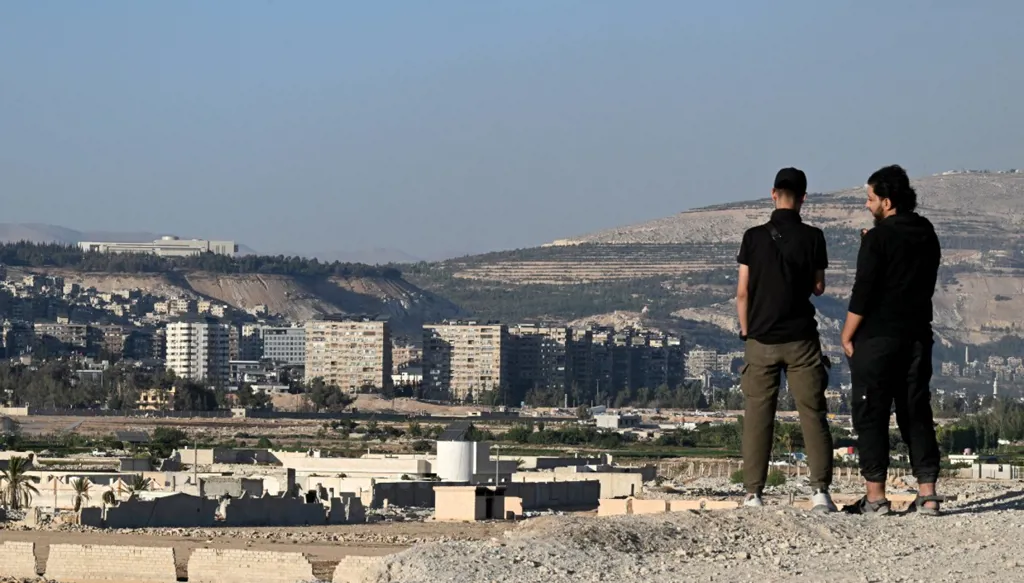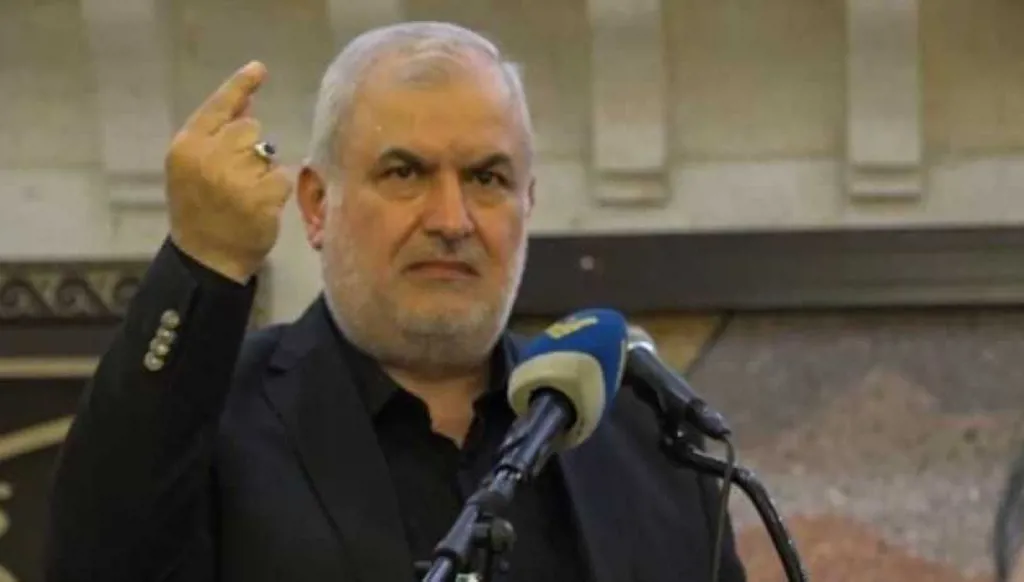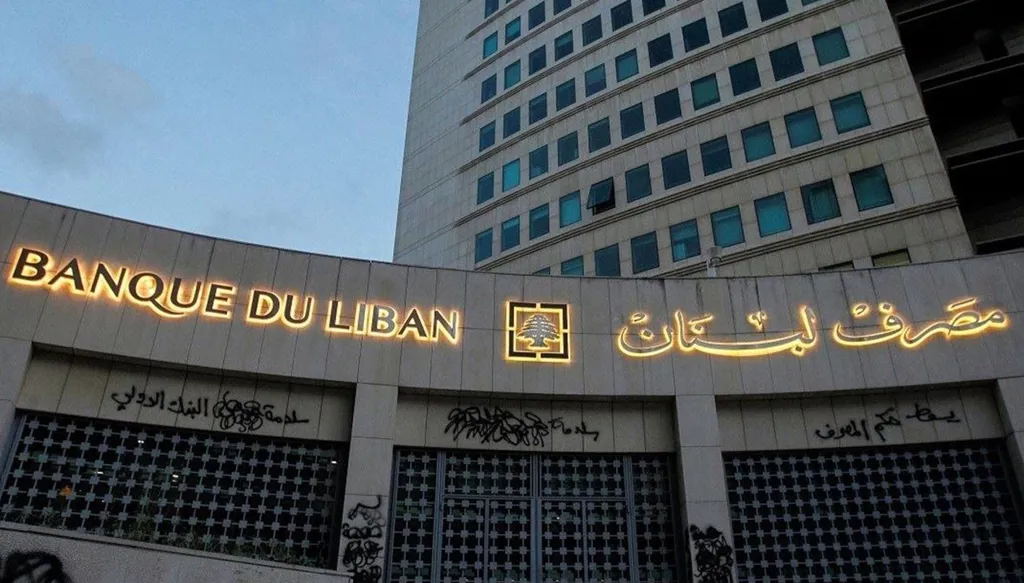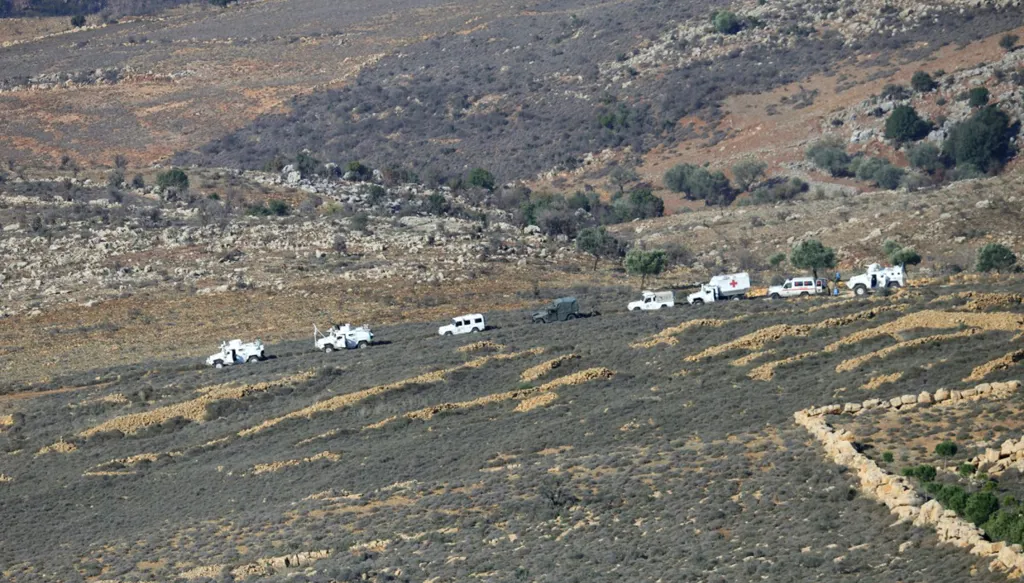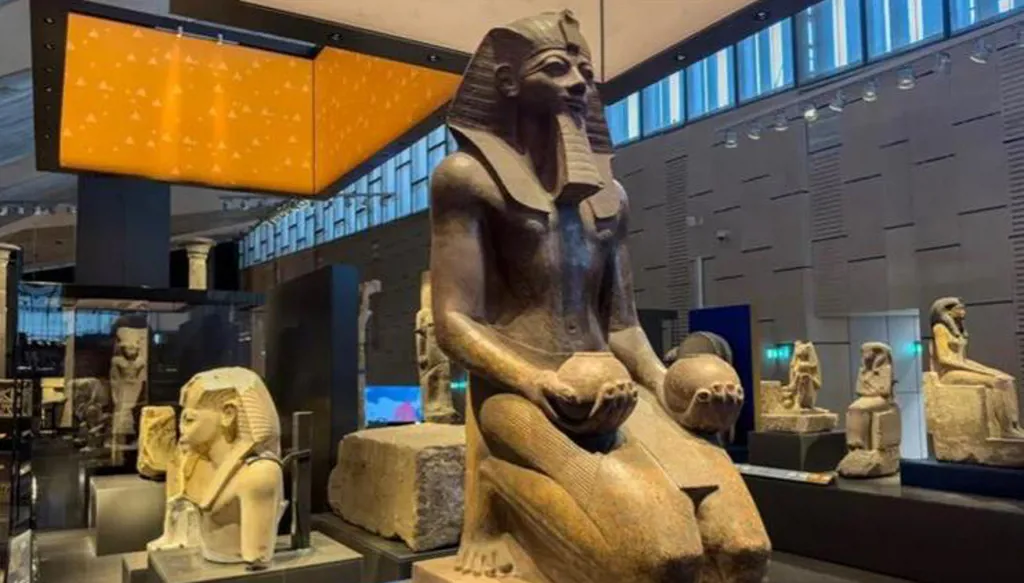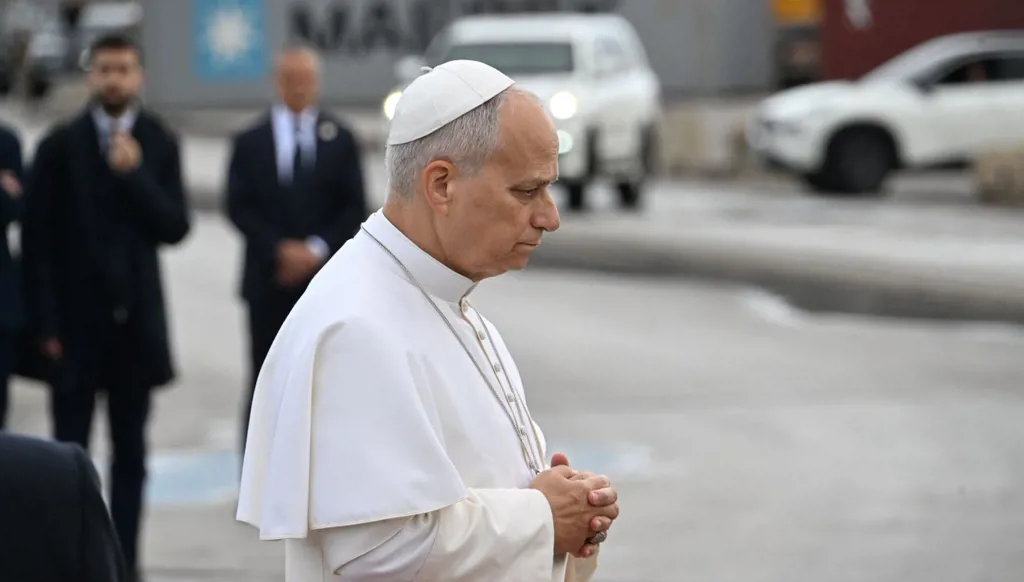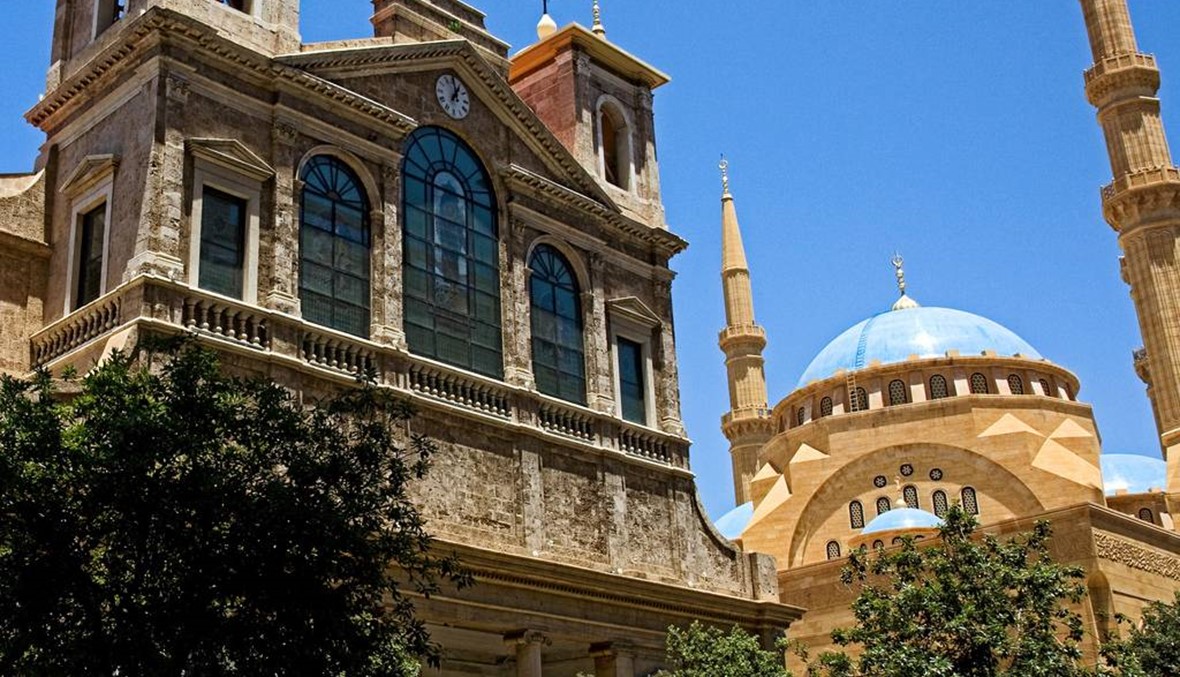
BEIRUT: The number of Lebanese nationals has increased by 426%, with nearly 4.4 million new people born since 1932, bringing the current total to around 5.5 million, according to a recent report. The increase is around 174.5% for Christians and 785.1% for Muslims.
The latest official census conducted in 1932 indicated that the Lebanese population totaled 875,252 people, while Muslims made up 40% of the community and Christians 58.7%. The recent report shows that Christians make up 30.6% of the community, while Muslims make up 69.4%.
Lebanon's last demographic study was conducted 87 years ago, despite other countries benefiting from periodic population statistics every three to five years.
Lebanon, however, is an exception to this particular and essential rule as demography tends to be a sensitive issue considering how the governmental structure is based on it. Some fear that the results could trigger a renewed bout of inter-communal fighting.
The data was gathered and provided by “Information International,” an independent regional research and consultancy firm based in Beirut and founded in 1995. The firm published a table that shows the increase in the population between 1932 and 2018, and thoroughly explains the distribution of the population according to sects.
The Shiite community-ranked first in terms of the biggest communities, representing 31.6% of the population, followed closely by Sunnites at 31.3%, and Christians at 30.6%.
The highest percentage was recorded among the Alawites with a 1052% increase, followed by Shiites with a 946% increase, while the lowest percentage was among Orthodox with a 147% increase.
Finally, among the 5.5 million Lebanese nationality holders worldwide, 4.2 million reside in Lebanon, while 1.3 million live abroad.
“The numbers are based on figures of the Lebanese demography in 1932 and 2006 and the number of voters in the 2018 election which we got from the Ministry of Interior,” Information International’s founder and managing partner Jawad Adra told Annahar while explaining how the numbers in this study were collected, “the data was calculated through the numbers of voters during 2018 election.”
According to Information International, the firm has conducted "major feasibility studies and research projects, including development and needs assessment in health, education, agriculture, infrastructure facilities, demographic and socio-economic studies, including project evaluations and impact assessments."
Given Lebanon's divisive politics, some feared that this report was published in order to elicit sectarian tension, while others considered the demographical change as nothing but a natural process in the country’s lifespan.
Speaking to Annahar, Jawad Adra, founder and managing partner at the firm, said that the "results were calculated based on the number of voters from the 2018 parliamentary elections, which were released by the Interior Ministry."

This table shows the distribution of the population according to sects. (Source: International Information)
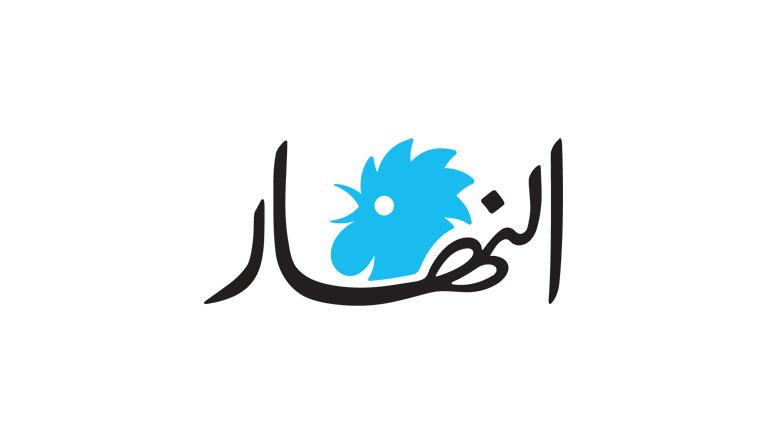









 تويتر
تويتر
 فيسبوك
فيسبوك
 يوتيوب
يوتيوب
 انستغرام
انستغرام
 نبض
نبض
 ثريدز
ثريدز



 مسنجر
مسنجر
 واتساب
واتساب
 بريد إلكتروني
بريد إلكتروني
 الطباعة
الطباعة


